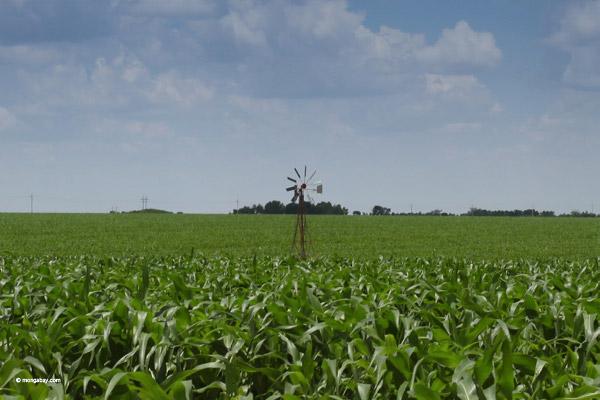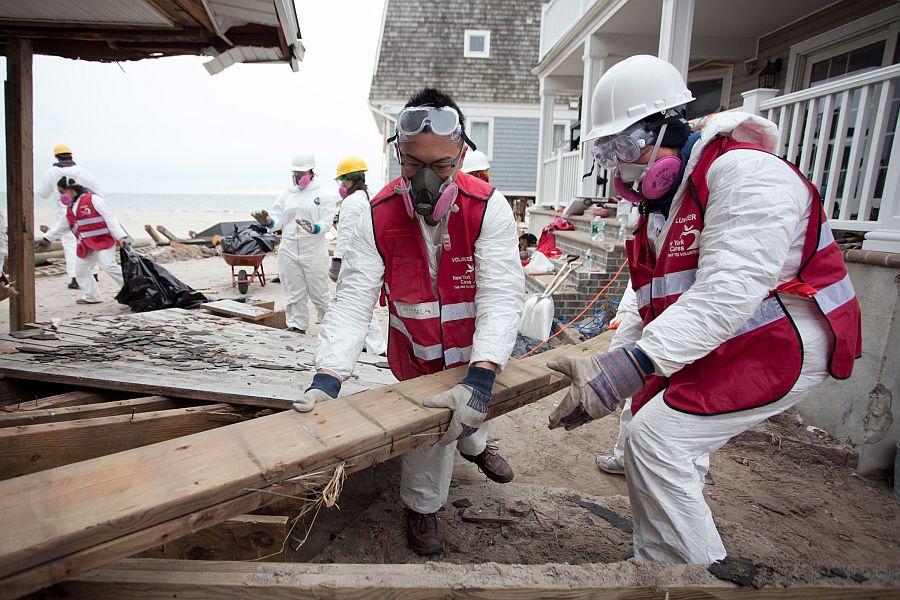Glenn Scherer
Author
LATEST
US Reserves May Not Protect Most Biodiversity
A new study published this week in the Proceedings of the National Academy of Sciences found exactly that. Existing “protected lands -- both federal and private -- poorly match the biodiversity priorities in the country,” say the researchers. Their data shows that while most conserved lands are in the American West, other regions, such as the Southeast and southern Appalachians, are very rich in unique or rare species but have inadequate levels of protection.
|
Study Finds US Biofuel Has Big Impacts on Grasslands
Corn and soybean cultivation soared in the late 2000s, as U.S. agribusiness rushed to respond to federal legislation rewarding biofuels production.
|
Costs of Climate Change Hugely Underestimated
Look at most climate change projection graphs and you will see a smoothly rising red line of increasing temperature, melting ice and other impacts. But climate does not work that way.
|
Superstorms Wreak Toxic Havoc
Severe thunderstorms—like those causing Colorado’s 1,000-year floods—are seeing a robust increase across the United States, likely due to climate change.
|
US Reserves May Not Protect Most Biodiversity
A new study published this week in the Proceedings of the National Academy of Sciences found exactly that. Existing “protected lands -- both federal and private -- poorly match the biodiversity priorities in the country,” say the researchers. Their data shows that while most conserved lands are in the American West, other regions, such as the Southeast and southern Appalachians, are very rich in unique or rare species but have inadequate levels of protection.
|
Study Finds US Biofuel Has Big Impacts on Grasslands
Corn and soybean cultivation soared in the late 2000s, as U.S. agribusiness rushed to respond to federal legislation rewarding biofuels production.
|
Costs of Climate Change Hugely Underestimated
Look at most climate change projection graphs and you will see a smoothly rising red line of increasing temperature, melting ice and other impacts. But climate does not work that way.
|
Superstorms Wreak Toxic Havoc
Severe thunderstorms—like those causing Colorado’s 1,000-year floods—are seeing a robust increase across the United States, likely due to climate change.
|







